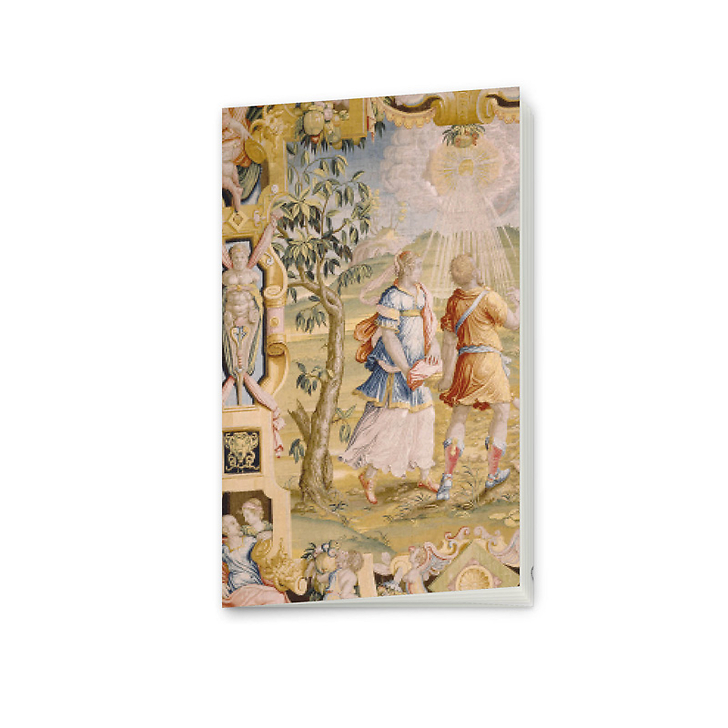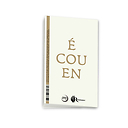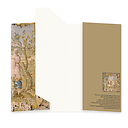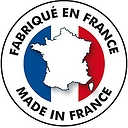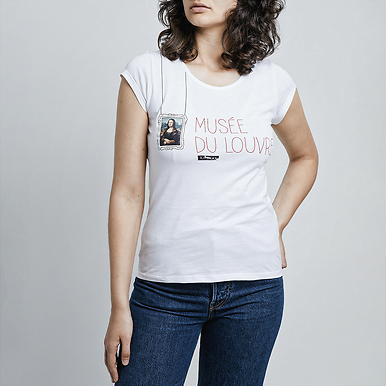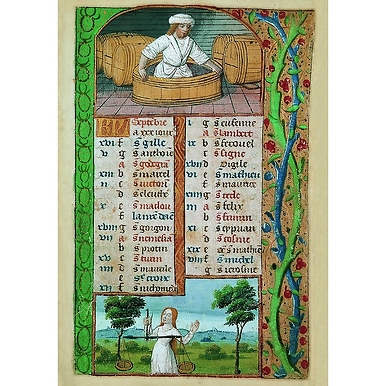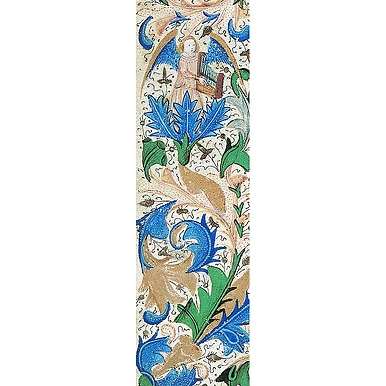Small notebook Benedetto Squilli - Tenture of the virile age of man
IP161082
The Virile Age of Man after the style of Jan van der Straet, Benedetto Squilli, Florence, circa 1564.
In the 15th century, the Medici has showed a great interest in tapestries, which they purchased in great number in the Netherlands. Anxious to promote the industry of Florence, in 1545 Cosimo I decided...
Read more
The Virile Age of Man after the style of Jan van der Straet, Benedetto Squilli, Florence, circa 1564.
In the 15th century, the Medici has showed a great interest in tapestries, which they purchased in great number in the Netherlands. Anxious to promote the industry of Florence, in 1545 Cosimo I decided to found a manufacturing plant in Tuscany, led by two Flemish tapestriers. He entrusted Benedetto Squilli's workshop with the task of weaving the pieces intended to decorate the walls of the Palazzo Vecchio, the seat of power. Prestigious painters, like Bronzino, Allori and Stradano, were called upon to provide the model sketches on mythological or religious themes whose symbolism was subtly linked to the history of the Medici family and to their government ideals.
L'Âge viril (Adulthood), a part of the cycle dedicated to The Life of Man based on the designs by Giovanni Stradano, met with the philosophical aspirations of the Humanist literary group of Florence. The scene represents an allegory of Man, guided by Faith holding a winged bowl (symbol of contemplative life and active life) and by Innocence (accompanied by a cherub) toward the mountain where divine illumination sits. The vivid colours and the richness of the ornamental border make it a superb example of Italian Mannerist tapestry.
Small Notebook, 10 x 16 cm (3.9 x 6.3 ") closed format - 56 ruled pages - Cover : Natural Centaure paper 250 gr; Interior : vélin paper 80 gr/m² - Made from chlorine free pasta.
Printed in France in compliance with environmental standards
Close
Login to see prices
Sold by GrandPalaisRmn

